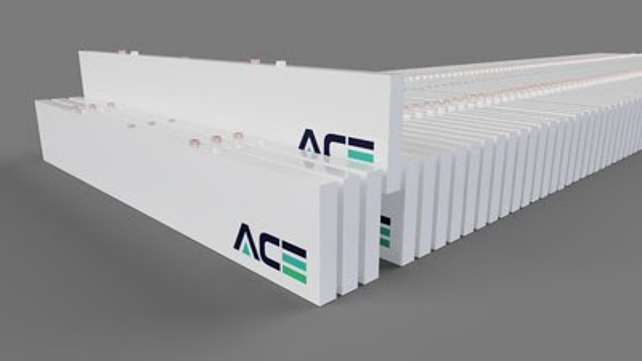
Advanced Cell Engineering (ACE), a developer and licensor of next-generation high energy density battery cell technology, has filed a patent application with the US Patent and Trademark Office for its very large format (VLF) cell. This is ACE’s fourth patent application in the last six months.
A release issued by the company stated that the patent filing represents a key milestone in the company’s “Project Magnus”, in which ACE will finalise cell design and chemistry for a highly efficient, one-metre cell-to-pack prismatic cell.
The VLF cell, when coupled with ACE’s patented advanced LFP (lithium iron phosphate) chemistry, is claimed to enable EV manufacturers to build vehicles offering greater range.
Advanced LFP, it must be noted, is claimed to offer significantly higher energy density in any cell format than the existing LFP offerings on the market today. ACE claims that when used in the VLF cell, its advanced LFP technology will achieve even greater energy density thanks to the cell's very efficient design.
Tim Poor, President, Advanced Cell Engineering said the company is relentlessly focused on driving the EV battery market forward. “Today's LFP technology has an energy density of about 160 Wh/kg, while our patented advanced LFP chemistry has an energy density of up to 200 Wh/kg. The unique architecture of a new one-metre VLF cell will increase energy density even further – to about 250 Wh/kg. ACE's technology will reduce battery costs and increase EV range – something that's important to both EV makers and drivers,” he said.
The company claims that its VLF battery cell will reduce the size, weight, and complexity of an EV's battery system. EVs today contain thousands of small cells assembled into a number of modules, which are in turn assembled into a battery pack. The ACE VLF cell will eliminate the need for the module structure by integrating 80-100 one-metre prismatic cells directly into the battery pack, which is then installed into a vehicle's chassis.
ACE expects the cell design to be available for licensing in early 2023.